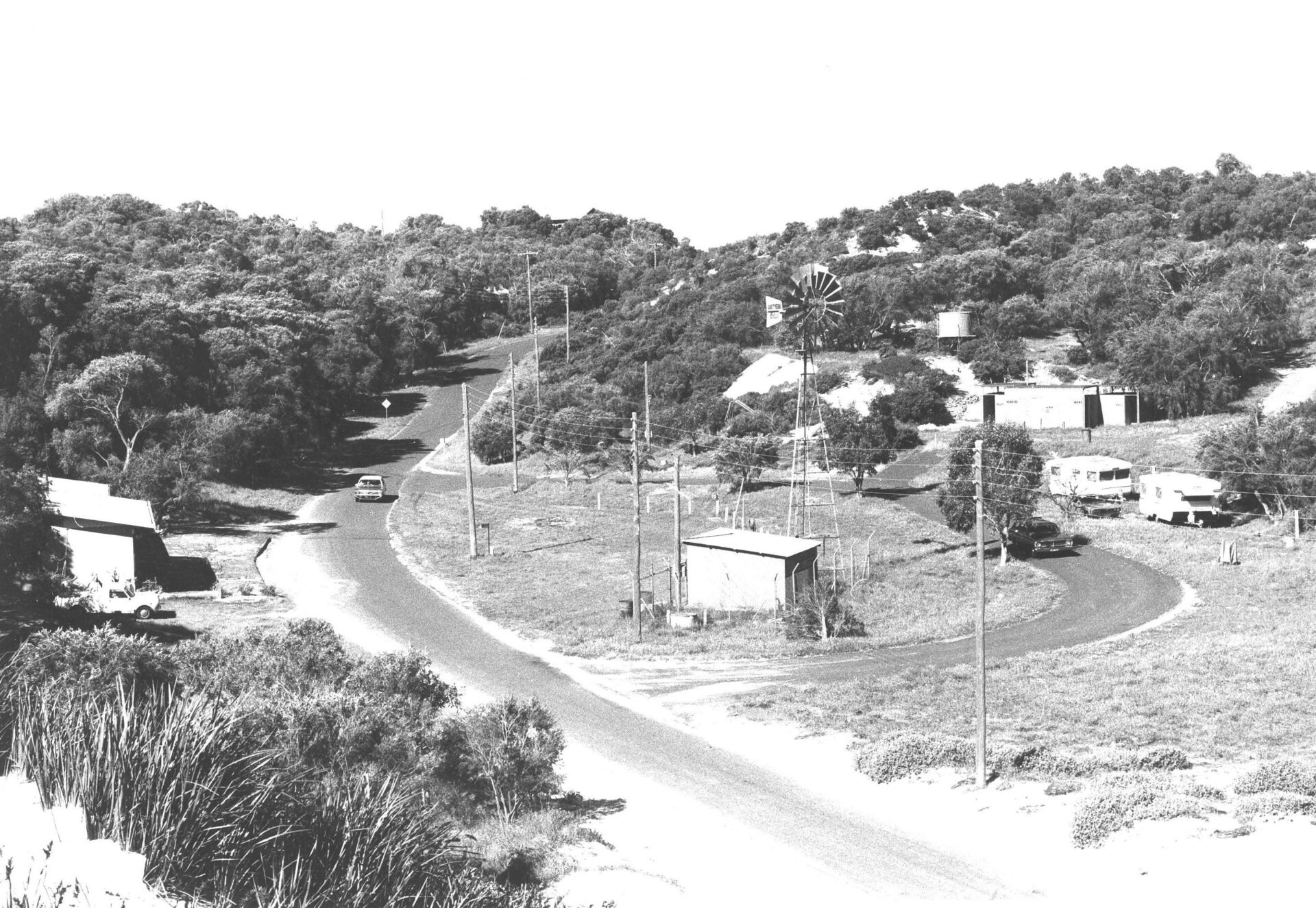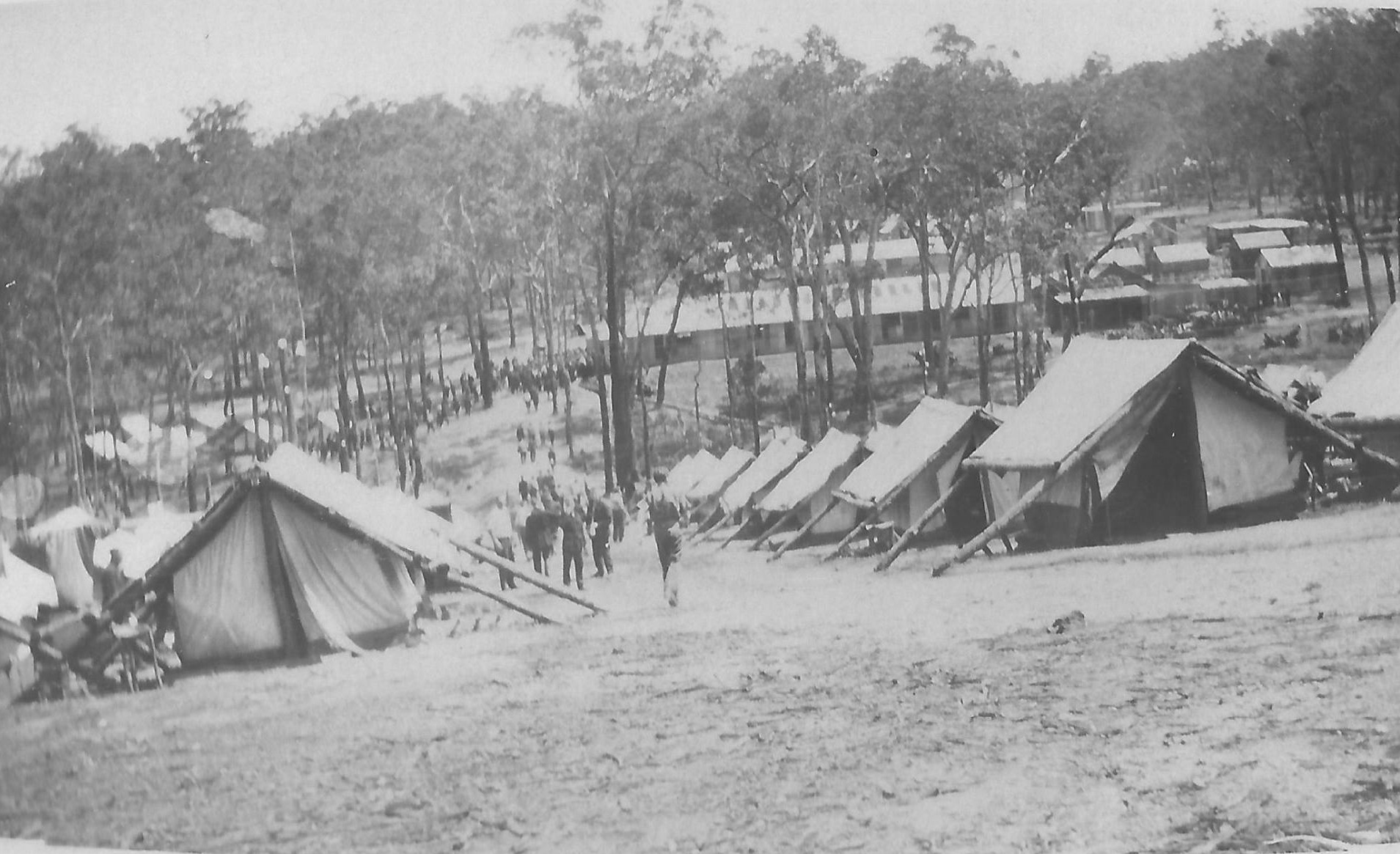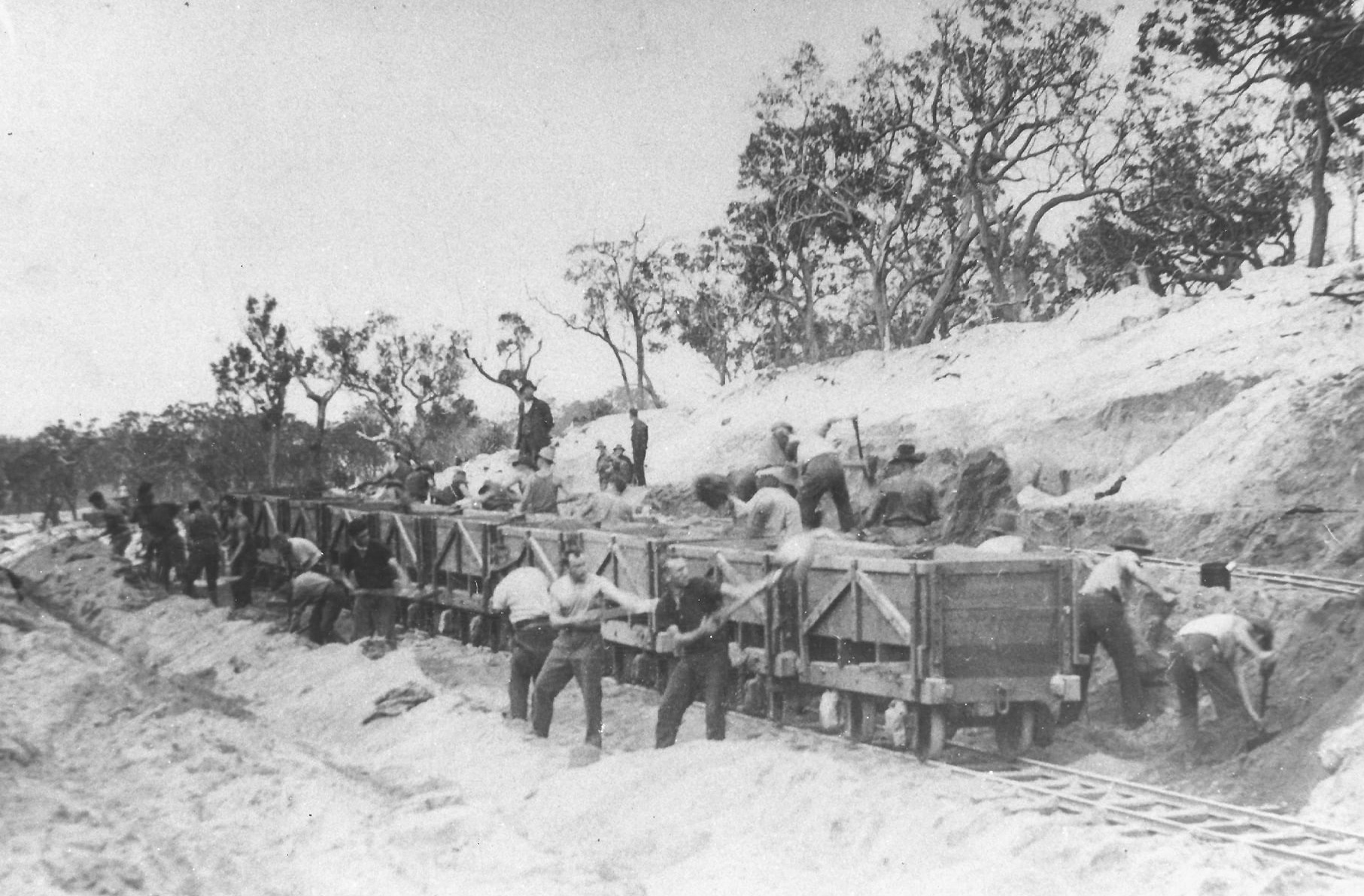
Myalup History
We are Harmonious and Hard to Get to Meeting Places.
This is the place of the paperbarks.
The journey to Myalup Beach was not for the faint-hearted, tackling sand dune after sand dune, and numerous wetlands. But those that attempted it, both First Nation and First Settler, were richly rewarded.

The Summer Meeting Place
During the summer months before European settlement, the Noongar Ganeang, Wardandi and Bindjareb tribes wandered on the eastern shores of freshwater Lake Josephine.
Traditionally, Myalup was a meeting place where the tribes would come together
It is believed that the western side of the lake was taboo. The dunes were also used as burial sites.
The name Myalup is a Noongar name is dervied from ‘mya’ meaning the bark of paperbark and ‘up’ meaning place of. The name was first recorded by Lieutenant Bunbury in 1836 as Miellup, It was also known as Myerlup, Myarlup and Myalup Swamp.

Captain Grey Finds Myalup Beach
In 1839, Captain George Grey travelled to Myalup Beach in search of George Eliot, Resident Magistrate of Bunbury, lost on a return journey to Bunbury. Although he did not find Eliot, Grey had the distinction of being the first European to stand on what is now Myalup Beach town site.
The land around Myalup Swamp, south east of the Old Coast Road, was farmed principally by the Crampton and later the Manning (pictured) families.
Before phosphate, the pastures in the area were poor, so farmers were given a minimum of 4,000 acres (16 km2) for grazing.

Not So Easy Trips to the Beach
Residents of Harvey and the surrounds would take summer trips to Myalyp Beach. It was an unenviable journey, tacking what was considered an impassable track from the Old Coast Road by horse and cart. Others rode over Lake Preston sand ridge at No. 1 Spit to Paradise Beach. Many would bring their milk supply with them – the family cow.

























